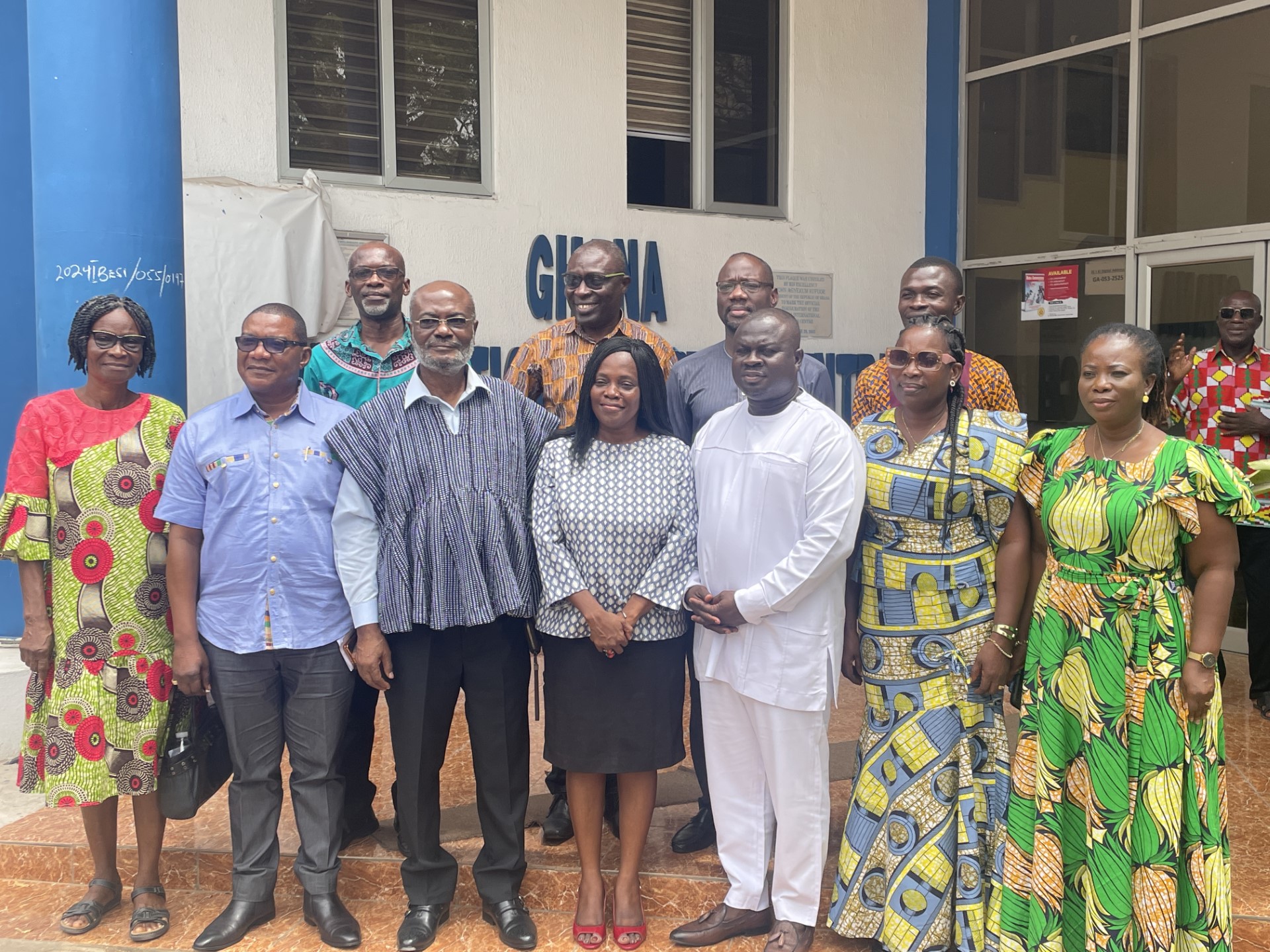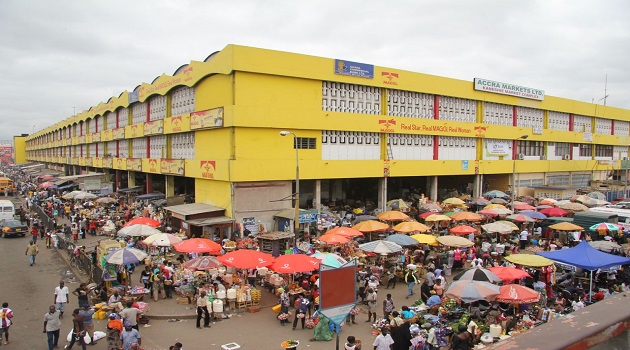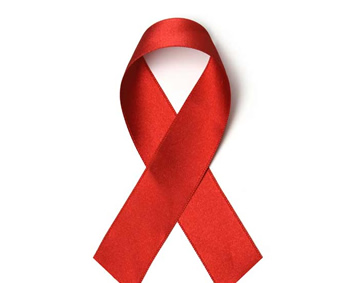
The Executive Committee of the Community Resource Management Area (CREMA) which aims at protecting natural resources such as water bodies, forests and their species, including animals, have been trained and inaugurated at Asankragwa, the Amenfi West District capital of the Western Region.
CREMA covers or encompasses about 28 communities in the Amenfi West and Central Districts that host rich and diverse biodiversity that form the basis of the socio-cultural and economic prospects of the local communities.
These communities include Achichire, Sureso, Pebaseman, Gonokrom, Donkorkrom, Kamaso, Essandokrom, Aboagyekrom, Sikanti, Supanspo, Akakpokrom, Adobeakrom and Kamaboi, among others.
In a welcome address at the inaugural ceremony, the District Chief Executive (DCE) for Amenfi West, Mr. George Agyiri, noted that natural resources such as water bodies and forests were the main sources of livelihood for communities that lived within and around forests and rivers in both Amenfi West and Central Districts.
Mr Agyiri reminded CREMA that its existence was guaranteed by the bye laws of the District Assemblies and, therefore, had the full backing of both District Assemblies to help protect the water bodies and forests of that community.
The DCE commended Codesult, a local non-governmental organization operating in Amenfi West District for partnering with other agencies and organizations such as Forestry Commission (Wildlife Division), International Union for the Conservation of Nature (IUCN), BUSAC, Ministry of Foreign Affair of Denmark to bring CREMA to both Amenfi West and Central Districts.
In a speech delivered on his behalf, Dr Andrew Kyei Agyare, Executive Director, Wildlife Division, Forestry Commission, noted that in the process of utilizing the resource to meet a range of social-cultural and economic needs of the people, the natural resources had been severely depleted.
The situation, he said, raised serious concern for future economic development and sustained livelihood of the local communities.
Dr Kyei Agyare said the decline in natural resources was, in part, due to factors such as anthropogenic drivers such as bush fires, shifting cultivation with short fallow periods leading to loss of soil fertility and the clearing of more land, leading to diminution of wildlife habitat.
He said the absence of incentives for responsible use and management by those living with these resources and society at large, as well as previous natural resource management systems that had relied on the state to restrict and control access, had been unable to contain unsustainable uses, especially outside of forest reserves and protected areas.
He said CREMA had great potential as a good governance mechanism for natural resources management and climate change mitigation, adding that it could generate livelihood benefits for small-holder farmers and forest users as well as mediate a balance between conversation and development.
However, he said, CREMA's success would depend upon the willingness of local government, in particular, to recognize it as a legitimate natural resource governance and management mechanism and provide full political backing and support.
Speaking on the theme: Promoting citizens' involvement in governance and sustainable management of natural resources in Wassa Amenfi, Madam Dorcas Gyimah Owusu, Reduce Deforestation and Forest Degradation (REDD) Project Assistant, IUCN, said as an organization with a mission "to influence, encourage and assist societies throughout the world to conserve the integrity and diversity of nature and to ensure that any use of natural resources was equitably and ecologically sustainable," IUCN was privileged and honored to associate itself with community members who had willingly come together to protect and conserve natural resources through avenues such as CREMA.
Madam Owusu said CREMA represented a key mechanism for fostering local community engagement in natural resources management and reducing emissions from deforestation and degradation (REDD+), especially in the off-reserve areas.
She said recognizing the important roles CREMA could play in natural resource management within the landscape, IUCN, in close partnership with Codesult Network and Wildlife Division of the Forestry Commission, supported the development of a comprehensive five-year action plan to provide an operational strategy for revamping the governance structure of CREMA.
The action plan, she said, was providing guidance for the sustainable operations of CREMA.
In a statement, the Divisional Chief of Achichire, Nana Okofo Asafo Agyei II, said natural resource management dealt with managing how people and natural landscapes interacted.
Nana Okofo Asafo Agyei said natural resource management, therefore, consisted of land use planning, water management, biodiversity conservation and the future sustainability of industries like agriculture, mining, tourism, fisheries and forestry.
He said natural resource management recognized that people and their livelihoods relied on the health and productivity of landscapes, and that their actions as stewards of the land played a critical role in maintaining that health and productivity.
Source: ISD (Wise Zah)
Read Full Story


























Facebook
Twitter
Pinterest
Instagram
Google+
YouTube
LinkedIn
RSS